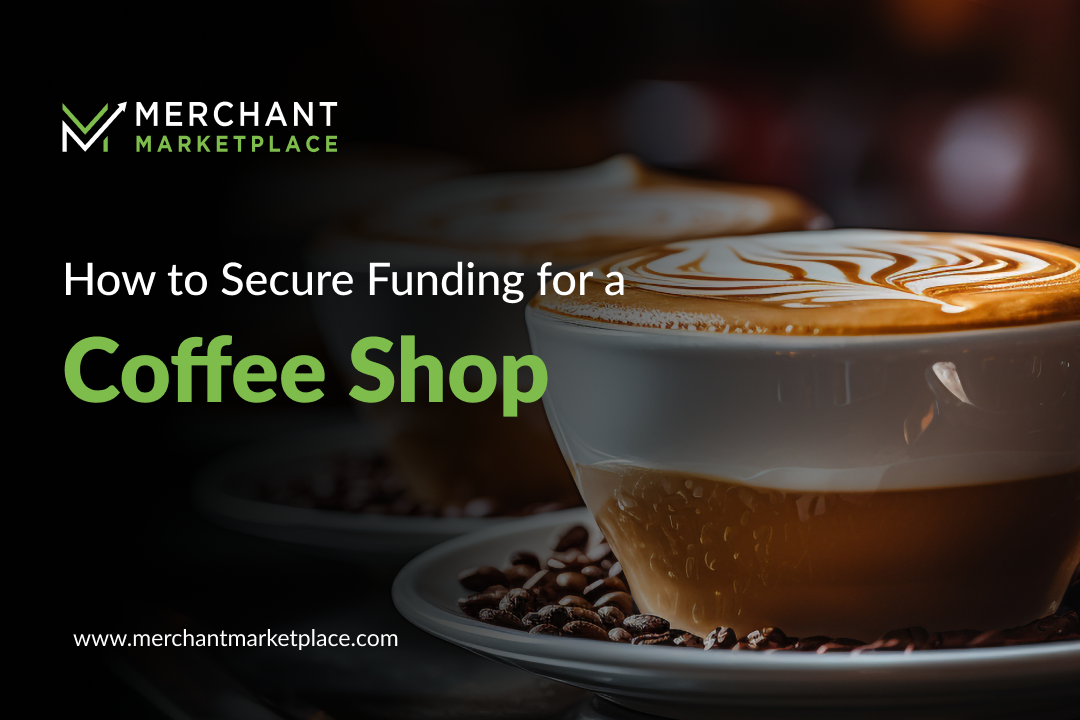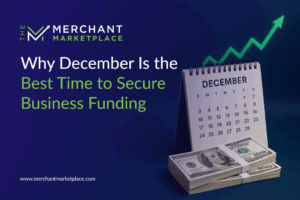Funding for a Coffee Shop: Opening a coffee shop isn’t just about setting up some espresso machines and flipping the open sign. Before you even serve your first cup, you’ll be staring down two big money drains: startup costs and the ongoing operating expenses that keep the lights on.
Startup Costs vs. Ongoing Operating Expenses:
Startup costs are real heavy hitters — from pro-grade coffee gear and rent to marketing, licenses, inventory, and creating the perfect vibe. Once you open, the bills don’t stop. Staff wages, beans, utilities, and supplies all pile up fast.
Competitive Market Landscape:
You’ll find lots of coffee shops popping up at every corner. Well, you aren’t just against Starbucks; you’re also competing with local favourites. Solid funding helps you stand out, not just survive.
Importance of Cash Flow in the Early Stages:
The early days are brutal. Without a steady cash flow, one slow month can wreck everything. Funding gives you the breathing room to build a loyal crowd.
Step-by-Step Guide to Securing Coffee Shop Funding
1. Define Your Funding Needs
Before you go knocking on lender doors, know what you’re asking for:
How Much You Need:
Crunch those numbers like your dream depends on it. How much to open? How much to keep it running for 6 months without sweating much?
Write those numbers down.
Break Down Your Costs:
Equipment can easily cost well over thousands of dollars. The rent for a good location is not cheap. You’ve also got to budget for staff salaries and inventory stuffs like coffee beans, cups, and other supplies, plus a marketing budget to let people know you’re open.
Startup, Expansion, or Cash Flow Support:
Are you just starting? Adding a second location? Or just need some breathing room to make payroll? Know your why — lenders will ask.
2. Write a Solid Business Plan
This is your golden ticket. Because no business plan = no funding.
Market Analysis, Location, Target Customers:
Who’s having your lattes? Students, busy professionals, or just everyday people? Know your people. Know your neighbourhood.
Product Offerings and Pricing Strategy:
Coffee, tea, pastries, avocado toast? How much are you charging? What does the profit margin look like? No guessing is allowed.
Financial Projections and Break-Even Analysis:
Lenders want to see you’re not just dreaming — you’re planning to make money. Map it out like a treasure hunt with real numbers.
3. Know Your Financial Profile
Just like you wouldn’t show up to an important meeting looking casual, your financial profile should be clean, organized, and ready to impress.
Personal and Business Credit Scores:
Strong credit scores are key to unlocking better funding options. If your credit history looks messy, take time to clean it up before applying — it makes a world of difference.
Debt-to-Income Ratio:
Lenders closely watch how much debt you carry compared to your income. A lower ratio shows you manage your finances well, while a high one raises red flags.
Understand What Lenders Look For:
Lenders want you to be stable as it shows a good chance of succeeding and a little bit of your own money for investment in the business. It shows you’re serious about the matter and that you’re even ready to commit.
4. Explore Your Funding Options
Money’s not a problem, but you gotta know where to pick it up from.
SBA loans:
Loans from SBA are reliable and have great terms, but they’re not the fastest choice. Prepare for lots of paperwork and be ready for a longer time of approval compared with other types of funding.
If you can hold off, those loans may be a very good option.
Equipment Financing:
Equipment financing is the best option if you need it for very costly things like a high-quality espresso machine.
It permits you to finance a pretty expensive piece of equipment while earning revenue from it. The equipment acts as its own security, which can make getting approved a whole lot smoother.
Business Lines of Credit:
A business line of credit gives you instant access to funds whenever necessary, providing the flexibility to cover small, unexpected costs like a broken fridge. It has that quality, where, say, you can access it when your cash flow needs a little something extra, and you simply don’t want to bother applying for a new loan each time.
You only pay interest on the money you use, which usually helps control costs without too much debt.
Merchant Cash Advances:
If you want quick cash based on the future sales of your business, a merchant cash advance (MCA) is the way to go. However, they charge a premium for the convenience, so it should only be considered for urgent short-term needs. Kind of like an emergency fund when you suddenly need cash. It’s a better alternative when the bank denies a loan
Get funding for your Coffee shop with MMP — Apply today.
Crowdfunding or Investors:
Got a unique concept or a strong following? Platforms like Kickstarter or getting a dedicated investor who believes in your vision would really help to set up your shop. Now you can gather an audience around the dream who believe in your idea and want to help make it a reality. It’s a great route for businesses with a strong brand or out-of-the-box approach.
5. Prepare Key Documentation
Get your paperwork tight and ready to show lenders.
Business Plan and Executive Summary:
You’ve likely already written your business plan—just give it a final polish. Make it shine and clearly show your shop’s potential.
Financial Statements:
Get your paperwork ready — lenders want to see your Profit & Loss, Balance Sheet, and a game plan for cash flow. Not open yet? No problem. Just map out what you expect to bring in and spend. Show them you’ve thought it through.
Tax Returns and Bank Statements:
Include two years’ worth of tax returns and bank statements. It shows you’re transparent and financially stable.
Lease Agreement (if applicable):
Include the lease to prove your Cafe is a real, planned venture.
Equipment or Renovation Quotes:
Lenders need to know where the money’s going. Include quotes for equipment or renovations to show well-thought-out spending.
6. Choose the Right Lender or Platform
Picking a lender is like picking the right teammate — make sure they understand your business.
Traditional Banks vs. Online Lenders:
Traditional banks offer lower rates but a slow approval process. Online lenders are faster and easier, but their rates are usually higher.
Local Credit Unions:
Credit unions provide a more personal, community-based experience and often offer better terms for small businesses.
Government-Backed Programs:
SBA loans, backed by the U.S. Small Business Administration, offer low rates and long terms—perfect for small businesses. They’re harder to get and take longer to process, but if you qualify, they’re one of the most affordable ways to fund your coffee shop.
Coffee Business-Specific Lenders:
These lenders specialize in coffee shops, because they know the business, from the ins and outs to the very specific needs of operations, and they understand how to tailor solutions accordingly.
7. Submit Your Application
Ready? Time to apply!
Tips for a Strong Application:
Be clear, honest, and organized. Treat your application like an impression, because it matters. Make it sharp, polished, and complete.
Following Up Professionally:
Wait about a week before following up. Keep it cool, no need to hurry. Just a friendly check-in to show you’re serious but still be relaxed.
Preparing for Interviews or More Documentation:
Some lenders might want to chat. Be ready to confidently pitch your vision. Keep it professional and show them you’ve got what it takes.
Common Mistakes to Avoid
Listen up — these rookie moves have sunk many ships before.
Borrowing More Than You Need:
More money means higher payments, so only borrow what’s necessary to keep things manageable.
Not Comparing Lenders:
Rates and terms vary—shop around like you’re buying a car to find the best deal.
Overlooking Hidden Fees:
Watch out for fees like origination, prepayment penalties, or late charges. Always check the fine print.
Ignoring Credit Score Impact:
Every loan application hits your credit score, so avoid applying to too many lenders at once.
Funding Success Tips
Want the edge? Here’s how the big players do it:
Build Relationships with Lenders Early:
Start connecting with lenders before you need funds. Building trust early on makes future negotiations smoother.
Consider a Co-Signer or Collateral:
If your credit is not great, a co-signer or collateral can boost your chances of getting approved.
Stay Organized and Persistent:
Funding would be a marathon and not a sprint. Be organized, follow up, and keep doing it until you land the thing you need.
Ready to Brew Success?
Turning your coffee shop dream into a real, thriving business is no small thing — but with the right funding plan, it’s absolutely within reach. You’ve got the vision, the hustle, and now, the roadmap. Don’t let money stand between you and that “open” sign.
Start your funding journey with us today — because that corner table by the window and the aroma of fresh beans? They’re waiting for you!
Apply now and start brewing your dream into reality.




